The Fascinating Journey Of The T-shirt: From Undergarment To Icon
Whether bold, simple, or unique, T-shirts are essential for everyone. Available in endless styles, colors, and sizes, they perfectly match our tastes and moods. But have you ever wondered how the T-shirt became today’s fashion powerhouse?
Believe it or not, T-shirts weren’t always the go-to choice for casual wear. They started as essential undergarments for military men, tucked beneath their uniforms for comfort. Fast forward to today, and the humble T-shirt has become a global canvas for self-expression, creativity, and personal style.
Join TheInkCreations to look at how the T-shirt evolved from its military roots to become the cultural icon we can’t live without!
The Birth Of The T-shirt: Early Beginnings
T-shirts made their debut in the United States around the Spanish-American War. Initially, they were issued to U.S. Navy members as simple undergarments to wear beneath their uniforms, offering comfort and ease during long sea hours. Little did anyone know that these humble pieces of clothing would become a timeless fashion staple!
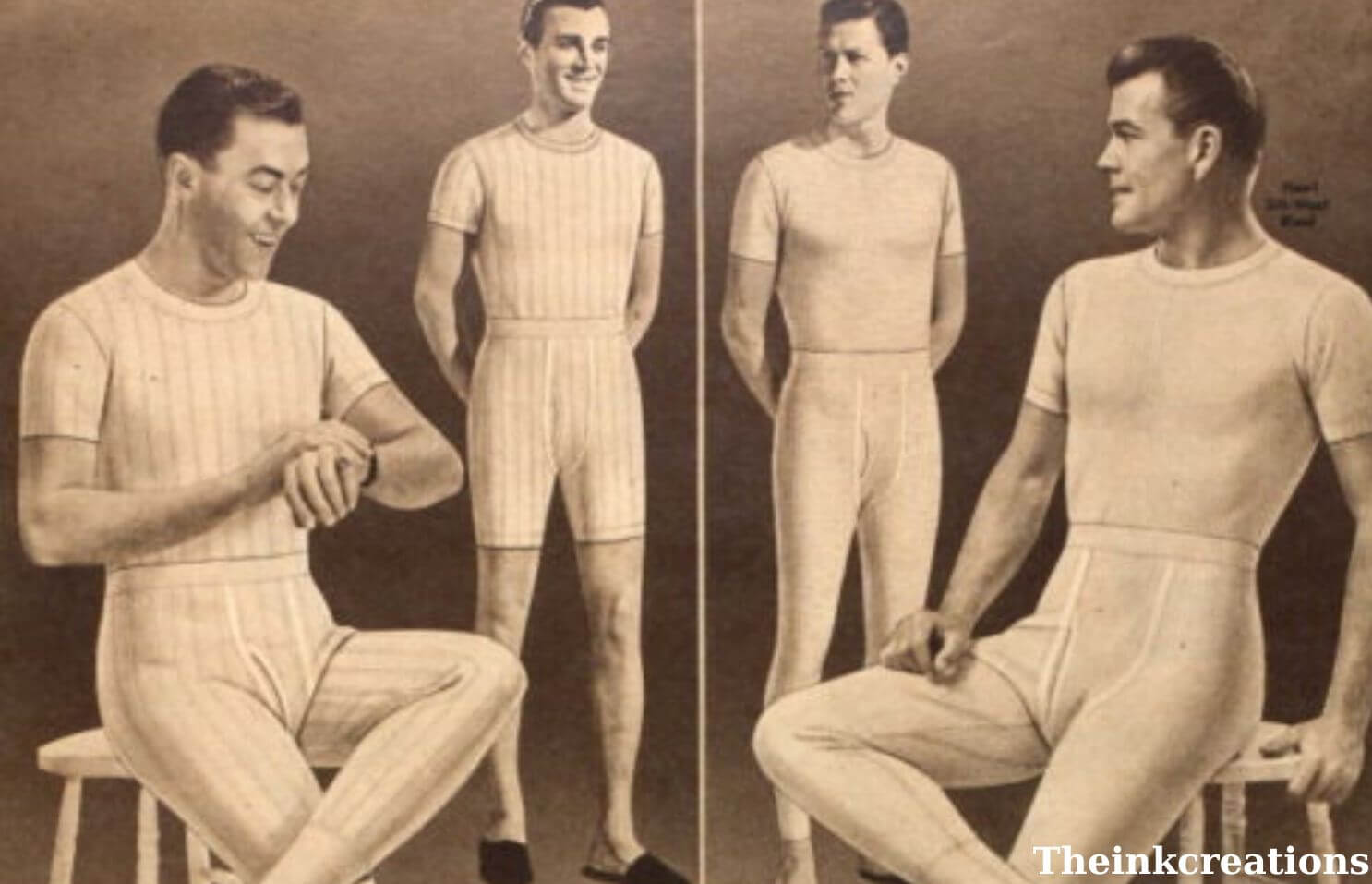
The Birth Of The T-shirt: Early Beginnings
The earliest version of the T-shirt, known as the union suit, was created in New York. This one-piece garment, typically white and featuring front buttons, was designed as an undergarment. While it might remind us of a onesie today, it was much more form-fitting and snug, making it a practical choice for layering under clothing. Unlike the loose, comfy onesies we know now, the union suit was tailored for utility and comfort, setting the stage for the T-shirt’s evolution into the wardrobe staple it is today.
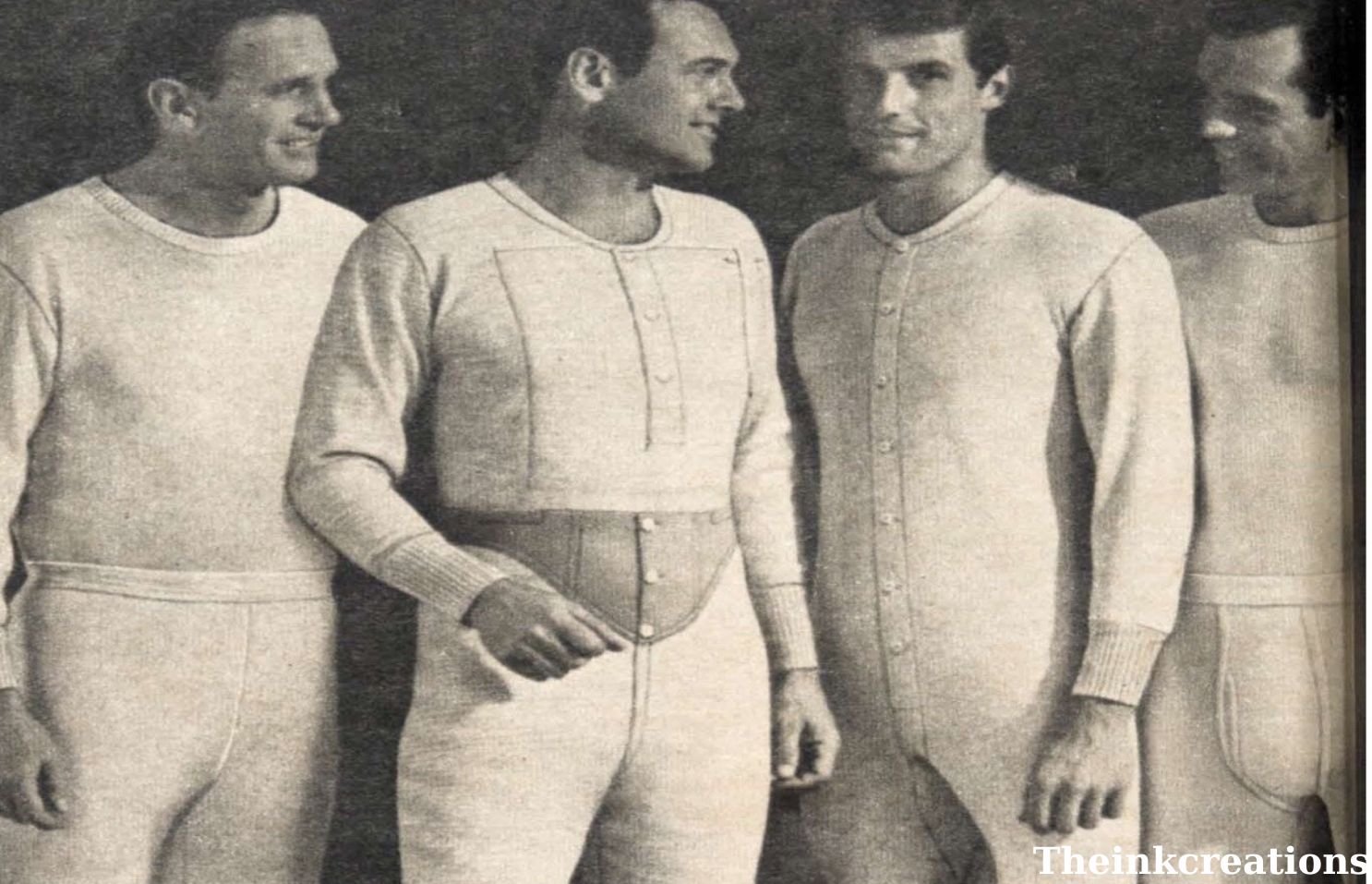
The Birth Of The T-shirt: Early Beginnings
As the union suit gained popularity, P.H. Hanes Knitting, a well-known textile company, launched its version in 1902. But instead of sticking to the one-piece design, they switched things up by creating a two-piece version. It still had the same look as the Union suit but was shorter, making it a more comfortable and practical option. This shift was a key moment in the evolution of what we now know as the classic T-shirt.
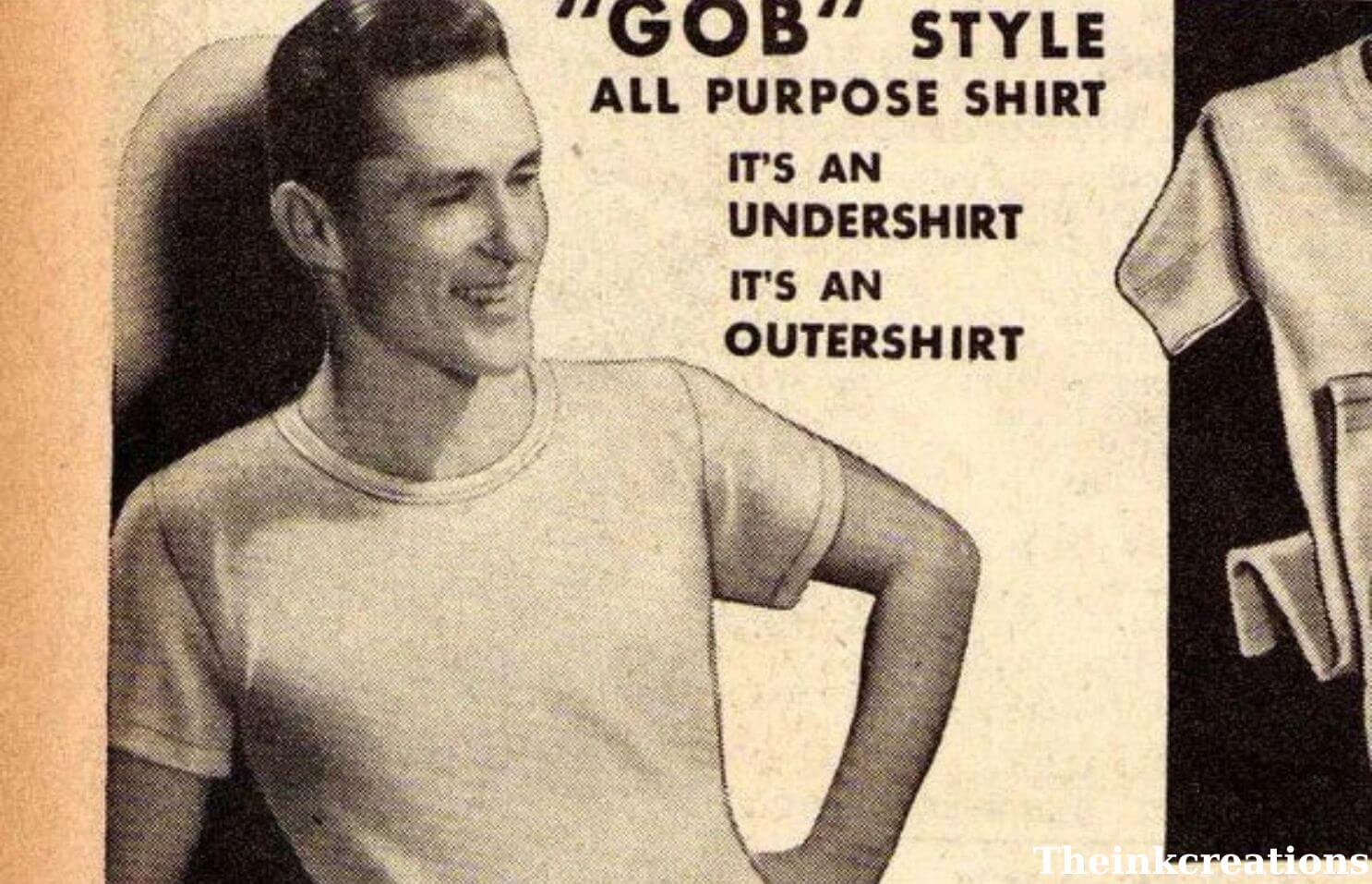
The Birth Of The T-shirt: The Gob Shirt
In 1938, Sears introduced their take on the early T-shirt, calling it the “gob shirt.” This version resembled the modern plain T-shirt and was versatile enough to be worn as an undergarment and an outer garment. It marked a key moment in the T-shirt’s evolution, making it more widely accepted and worn as a standalone piece of clothing.
The T-shirt Takes Center Stage: How Hollywood Helped Spark The Trend (1950s-1960s)
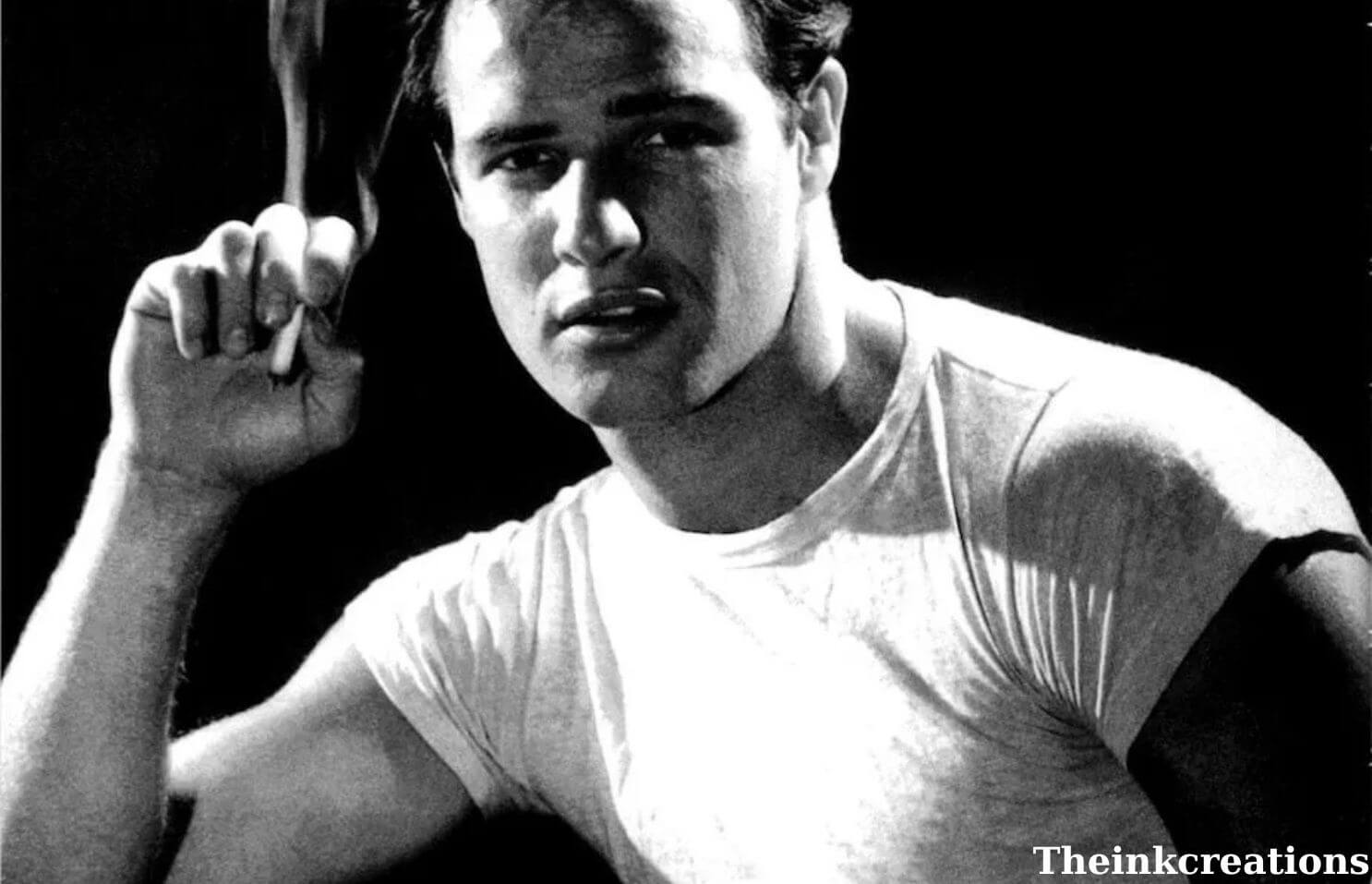
The T-shirt Takes Center Stage: How Hollywood Helped Spark The Trend
T-shirts quickly climbed the popularity ladder, and Hollywood was ready to capitalize on their rising star. The game-changer came when actor Marlon Brando rocked a T-shirt in the classic film A Streetcar Named Desire. His effortless cool turned the T-shirt into more than just an undergarment. It became a statement piece. Thanks to this cultural shift, T-shirts started popping up as fashionable outerwear, becoming a staple in every wardrobe.
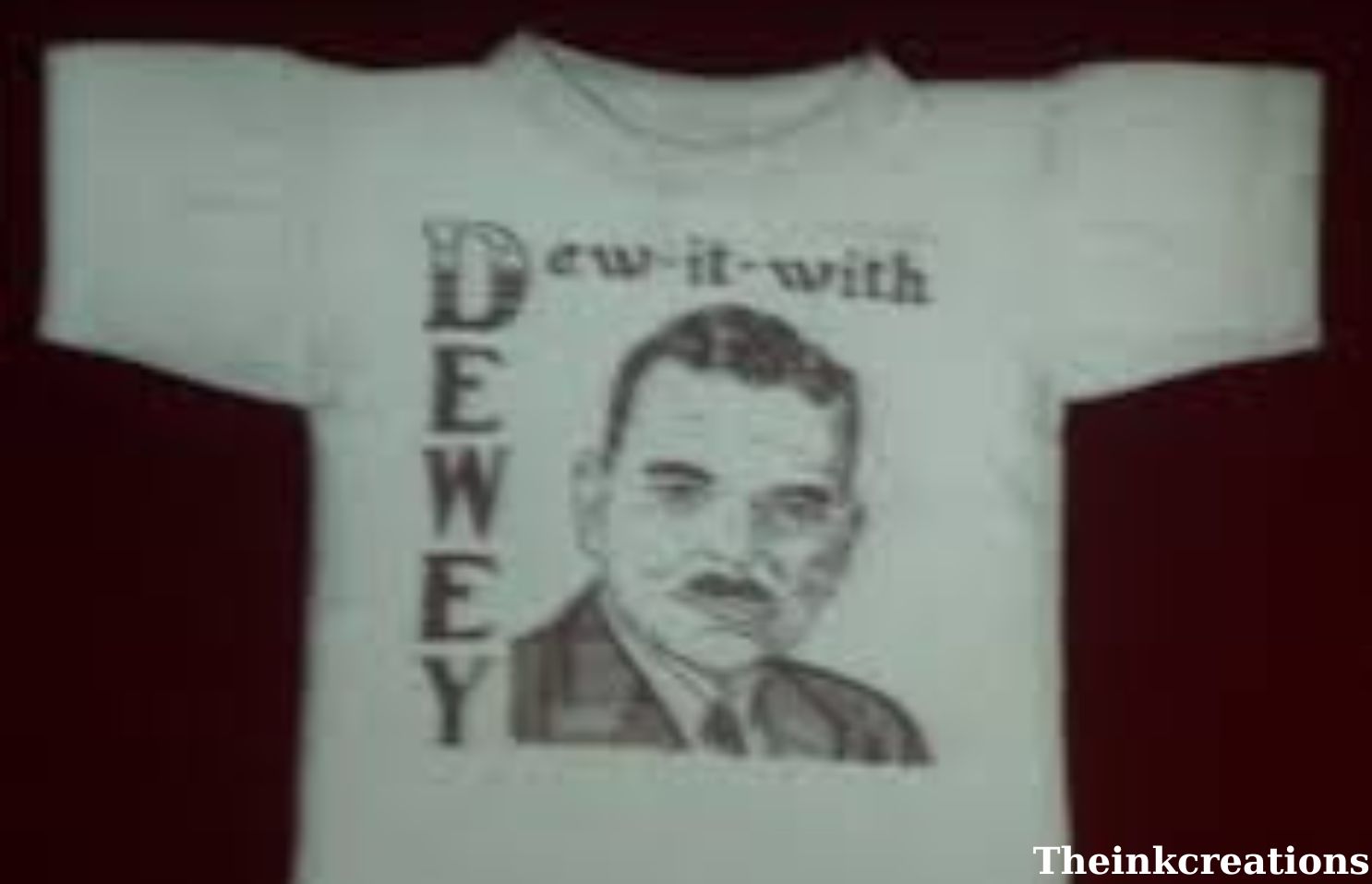
The Candidate Governor Thomas E. Dewey Campaign T-Shirt
The printed T-shirt took its first step into the spotlight in 1948 when presidential candidate Governor Thomas E. Dewey used it as a promotional tool during his campaign. His T-shirts, emblazoned with the slogan “Dew-It with Dewey,” were among the first to feature a printed design for political purposes. This clever move marked the beginning of T-shirts as a platform for expression, setting the stage for today’s countless printed designs. One of these original campaign T-shirts is permanently displayed at The Smithsonian Institute!
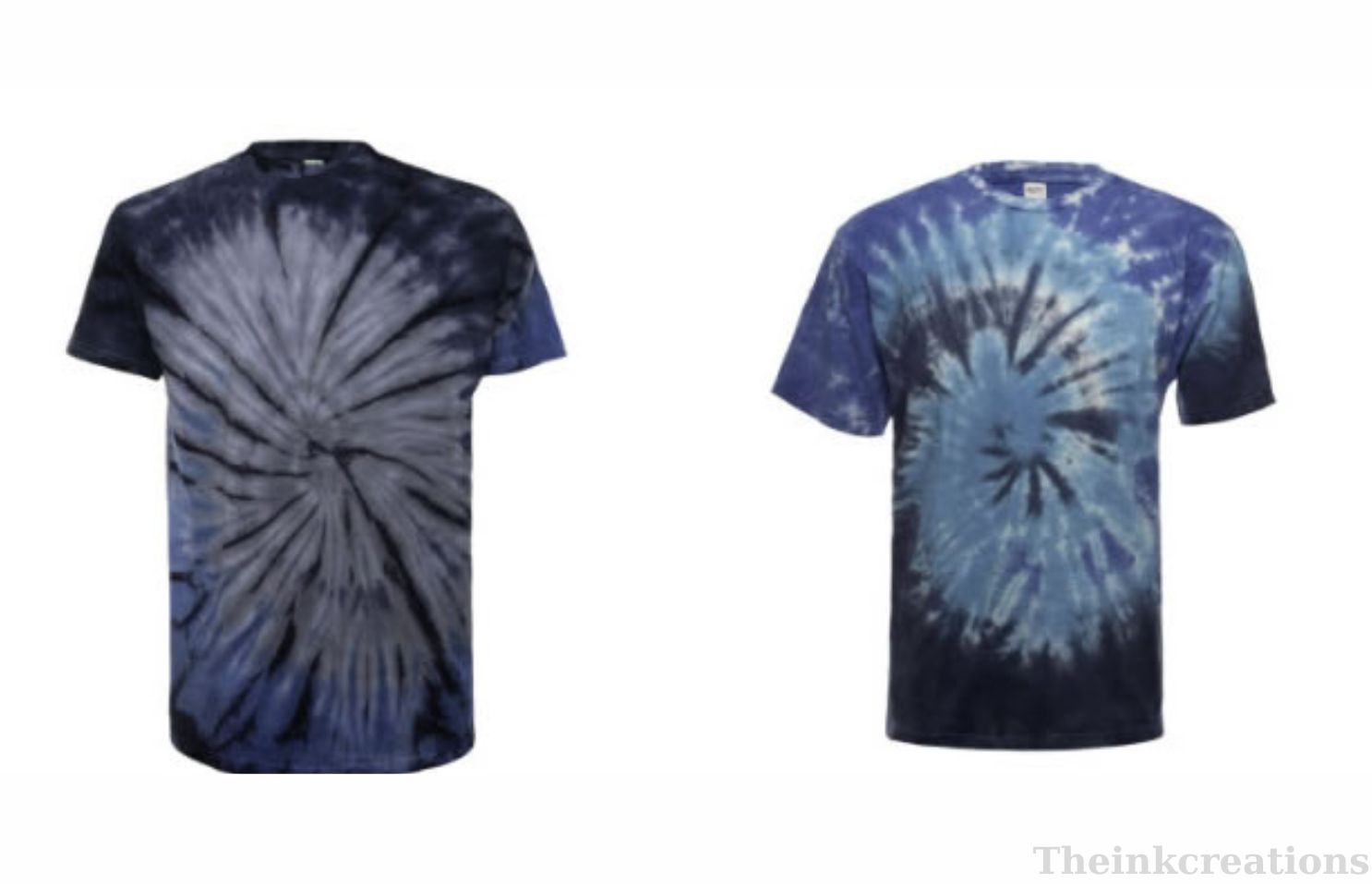
The invention of plastisol revolutionized printing and tie-dying.
In the 1960s, the invention of plastisol revolutionized printing and tie-dying, leading to a burst of vibrant colors and patterns in fashion. Bright hues and bold designs became a significant trend, and T-shirts became a popular way to express individuality. Whether displaying powerful slogans, making statements through protest prints, or advertising products, T-shirts became a form of personal expression and creativity.
T-shirts in Pop Culture: The 1970s to 1980s Boom

T-shirts in Pop Culture: The 1970s to 1980s Boom
In the 1970s and 1980s, customized T-shirts became a significant trend. As demand grew, new methods like litho-transfer made T-shirt printing faster and easier, leading to an explosion of personalized designs. With the rise of mall shopping centers, on-the-spot printing became a reality, allowing customers to create custom shirts while they shopped.
This period also saw companies and musicians embrace T-shirts as powerful tools for branding and sales. Iconic designs like the happy face T-shirt, The Rolling Stones’ logo, and bold tie-dye patterns became a cultural phenomenon, turning T-shirts into more than just clothing. They became statements of style, fandom, and identity.
T-shirts in the Present Day: The Internet Era
Today, T-shirts are more stylish and versatile than ever, offering endless ways to express your style. Thanks to technological advancements, there are now faster and easier methods to print and produce T-shirts, making customization accessible to everyone. We can access a world of unique designs and endless inspiration with an internet connection.
Custom-made T-shirts have become a go-to branding tool, not only for companies but for various groups and individuals, including:
- School organizations
- Athletic teams
- Fans showing off their love for bands, movies, TV shows, games, and more
Conclusion:
As explored in The Fascinating Journey of the T-shirt: From Undergarment to Icon, this humble garment has transformed incredibly from a practical military undergarment to a global fashion phenomenon. Over the years, the T-shirt has become a universal symbol of self-expression, individuality, and creativity. From its Hollywood breakthrough in the 1950s to the colorful tie-dye era of the 1960s and today’s customizable designs, the T-shirt continues to adapt and thrive with cultural and technological advancements.
Each T-shirt you wear carries a legacy, a fusion of history, innovation, and personal style. What story does your favorite T-shirt tell?
